

The Vita is inarguably the most powerful handheld on the market. Much of the console's launch line-up has consisted of PlayStation 3 ports - but just how easy is it to adapt games for Sony's new platform?
To find out, we spoke to developers from Capcom, Arc System Works, Ubisoft and Team Ninja...
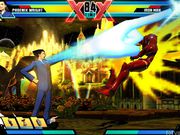
How did you find the experience of porting to Vita? Was it easier or harder than what you expected?
It's definitely not easy! Fortunately Capcom has an excellent development engine, the MT Framework, which enabled us to achieve great things. We had to think about how to make the product as interesting as possible given the innovating new features on the Vita. Given the tight deadlines, this was a fun challenge.
I've not been involved in a port before, so I can't compare it with another one - though I personally found it fairly easy. The difficulty comes from the different features the Vita boasts, which had to be taken into account.
In terms of trying to emulate the PS3-based experience, what are the most challenging technical aspects to work around?
By a long shot, the graphics. The graphics needed a lot of work in order to get them to run to the Vita's high specs. From playing the game, you can see they are beautiful.
The biggest strength for the Vita has to be the high specifications - it'll be interesting to see what developers create over its lifecycle. Up until now, there were many different factors we had to consider differently from console hardware – this wasn't so much the case with the Vita.
Has your experience with the Vita encouraged you with regards to working with the machine again in the future?
I was one of the first developers to work on the Vita at Capcom, and from UMvC3 I've got many more ideas for the platform! We had to cut out some of the features which we wanted to implement into UMvC3 Vita, but hey, they can be saved for the next Vita game.
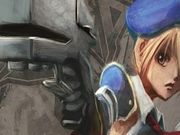
How did you find the experience of porting to Vita? Was it easier or harder than what you expected?
The PS Vita has very high specs and we were surprised at how much PS3 data we could easily reuse on the PS Vita. The PS Vita has numerous features and we feel that this console has broadened the spectrum of games that we can develop.
In terms of trying to emulate the PS3-based experience, what are the most challenging technical aspects to work around?
The most challenging aspect was achieving 60 FPS. Although the Vita has very high specs, it is still not as powerful as the PS3. It was difficult to optimise the graphics (GPU) so that we could achieve the framerate we wanted without losing picture quality.
At the early stages of development, when we had just ported the PS3 version on the PS Vita, the FPS was more than 10 times slower than the current retail version. We managed to realise the current quality by optimizing (i.e. multithreading) all processes related to the CPU/GPU, and we reached a result which is very close - almost identical - to the PS3 version of BlazBlue.
Has your experience with the Vita encouraged you with regards to working with the machine again?
Yes. Since BBEX was mostly a straight port, there are many Vita functions that we haven't yet used that we'd like to explore - for example, Near and AR. We are interested in developing new games using these functions.

How did you find the experience of porting to Vita? Was it easier or harder than what you expected?
Porting Rayman Origins to the Vita was a very enjoyable experience, and was actually easier than expected. Developing on a new console is always something challenging but also motivating. The Vita's performance and a mature SDK allowed us to reach the high quality level we targeted.
When you are porting a game to a handheld, you always have to take advantage of the console's capabilities by introducing new features that respect the DNA of the original game. That's exactly what we did with Rayman Origins on PS Vita.
In terms of trying to emulate the PS3-based experience, what are the most challenging technical aspects to work around?
One of the most challenging aspects was to bring this gorgeous and full HD experience to a handheld console screen. Fortunately, the Vita's screen is amazing. One thing that we could add that wasn't in the PS3 version is multi-touch to zoom in to the action and take a closer look at those beautiful graphics.
Has your experience with the Vita encouraged you with regards to working with the machine again?
Yes! During the development we had tons of ideas about how to use other features and capabilities that we would like to develop for future games on PS Vita.
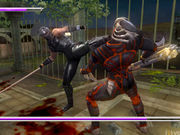
How did you find the experience of porting to Vita? Was it easier or harder than what you expected?
The Vita has very high performance for a handheld, so the porting was much simpler than we thought. The time we saved on the actual porting gave us more room to focus on the actual development work for adding brand new features exclusive to Ninja Gaiden Sigma Plus.
In terms of trying to emulate the PS3-based experience, what are the most challenging technical aspects to work around?
Possibly the graphics. We had to customize shaders and effect systems for the Vita in order to keep the visuals on par.
The way we went about this is we divided the team into two sections. The first was the team that made sure that the graphics and animation were properly recreated on the Vita. The second made sure that the AI and cutscenes, all the internal elements, performed the same way as on the PS3.
What are the Vita's main strengths as a platform?
It has to be the beautiful OLED screen, and the power of the CPU. One more thing is the rear touch pad. This feature is not available anywhere else, so it gives developers many unique opportunities to explore many new ideas with this feature.
Has your experience with the Vita encouraged you with regards to working with the machine again?
Since Team NINJA is very particular about graphics and visual aesthetics in its games, Vita is a great piece of hardware, so we would like to explore it more. The rear touch pad has a lot of possibilities to make games that much more fun, so we are looking forward to exploring that.
One more thing we would like to do is explore the network functionality more. We haven't done this in Ninja Gaiden Sigma Plus, but we would love to see what we can do with multiplayer.


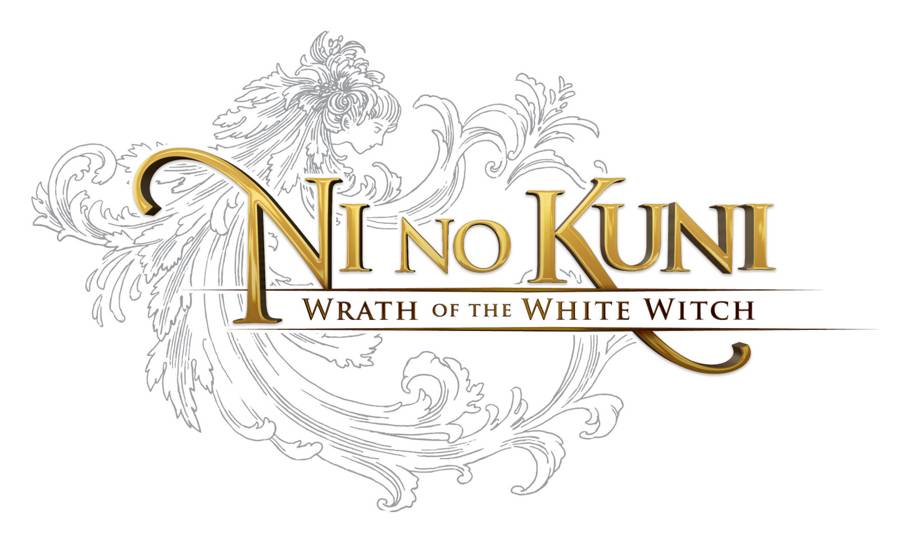
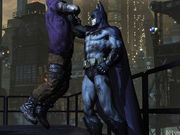
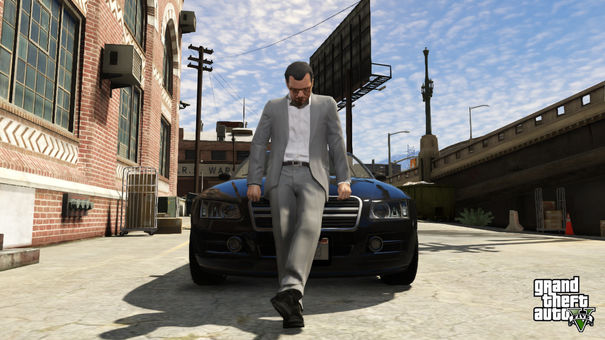 The Real Appeal Of GTA 5
The Real Appeal Of GTA 5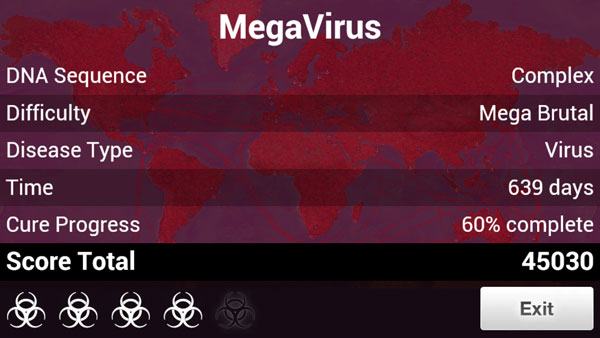 Plague Inc. – How to Beat Virus on Mega Brutal (Walkthrough)
Plague Inc. – How to Beat Virus on Mega Brutal (Walkthrough)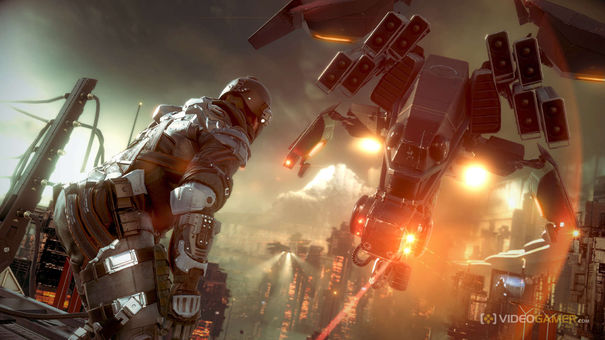 E3 2013: Killzone: Shadow Fall Hands
E3 2013: Killzone: Shadow Fall Hands Zuma's Revenge!
Zuma's Revenge! Fire Emblem: Awakening Guide – Chapter 10: Renewal Guide - GamersHeroes
Fire Emblem: Awakening Guide – Chapter 10: Renewal Guide - GamersHeroes